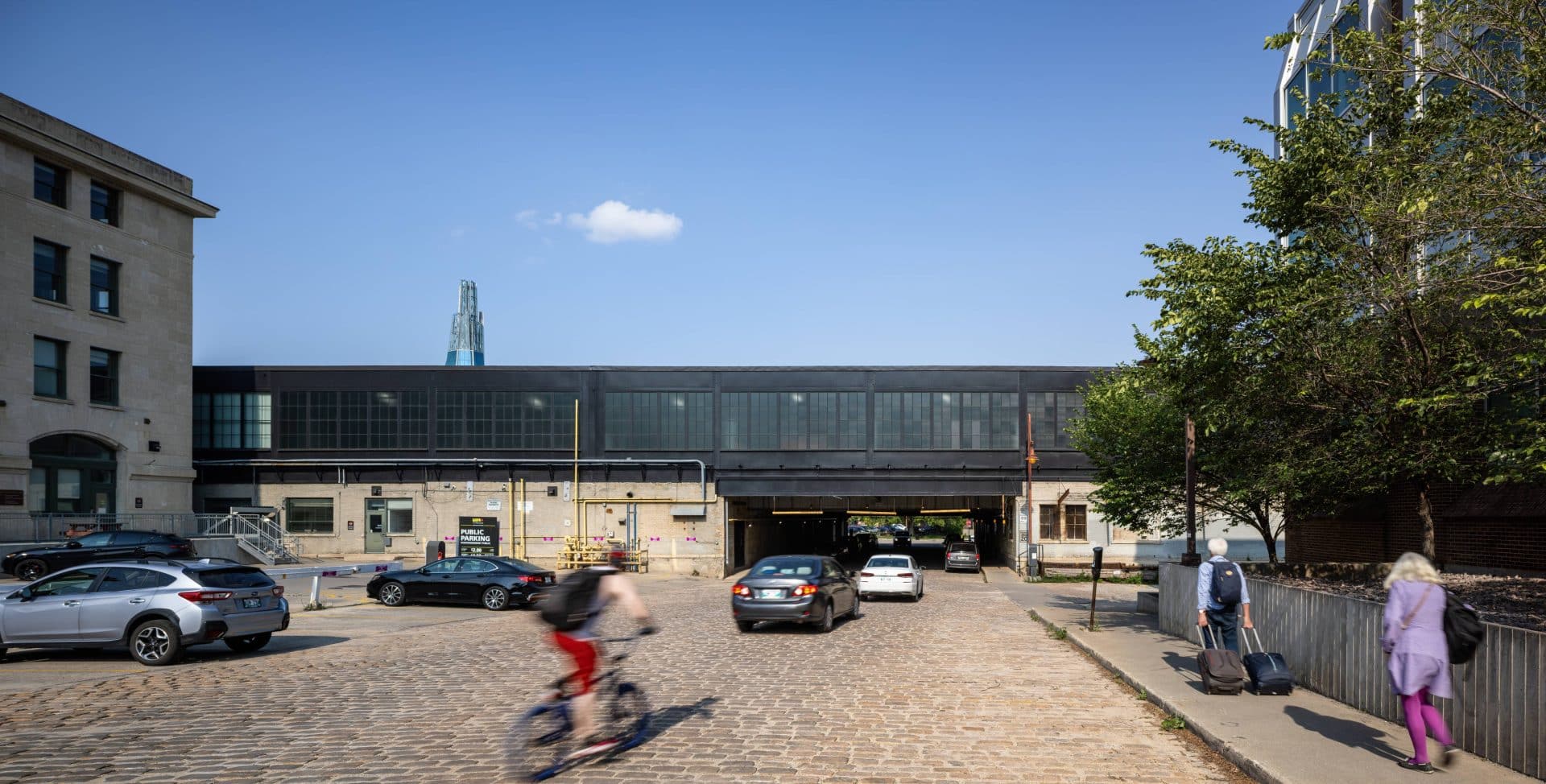Upholding heritage with a restorative approach to architecture and engineering
Client
Via RailLocation
Winnipeg, MB, CanadaYear
2022Collaboration
WSP | LDA | Verne Reimer Architecture-
Discipline(s)
Architecture
Structural Engineering
Upholding heritage with a restorative approach to architecture and engineering
Inaugurated on June 24, 1912, Via Rail’s Winnipeg Union Station is a prized structure on its city’s architectural landscape, representing a romantic period in the evolution of the Canadian economy and its modes of transportation and travel. Attached to this heritage structure of Tyndall limestone rich in Beaux-Arts expressions is its train shed, originally designed by the New York architects Warren and Wetmore and constructed in 1919. Discreet yet essential to its operations, the shed’s west exterior wall required careful assessments and approaches which could extend its lifespan following years of distortion and deterioration.
Based on extant drawings and historic photographs, a restorative approach was taken where materials were reproduced and used in a like-for-like manner to achieve a consistent visual connection with its rich past. A new, structurally reinforced glazing wall was designed and stitched into the overall train shed to match existing historical frames, using elements such as rehabilitated steel, new structural steel, and muntins painted in dark charcoal to reestablish the envelope and insert a greater degree of fire resistance and prevention. This also encompassed newly poured concrete, new cable trays, and conduits for its electricity. Finally, replacing the existing glass pane wall system, the heritage character of the wall was retained while continuing to allow for a maximum amount of natural daylight to illuminate the interiors and its contents.
Inside, the shed continues to both service the station and be a home to the Winnipeg Railway Museum. With its restoration, the west wall contributes to its museographic preservation of railway relics, shielding them from the Manitoban elements. Taking cues from its preexisting train shed for inspiration, and utilizing an industrial ethos and pallet of materials, the result is an aesthetic embrace of the past with a restorative approach for weather resistance, code compliance, and overall resiliency for the future.

